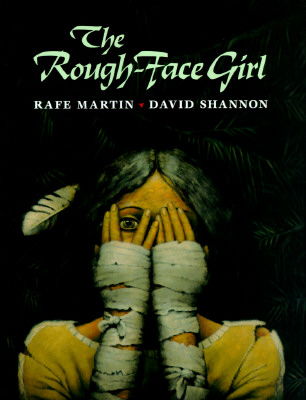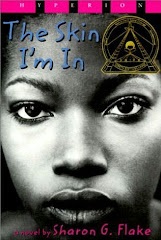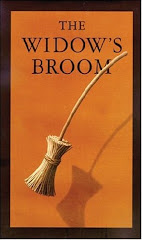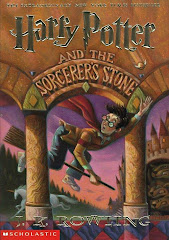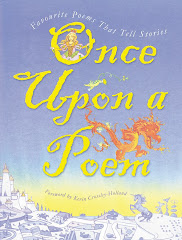It was also touching to see the care and the lengths that Gram went to in order to protect these children. She completely uprooted Baby Beluga and took her family to Oaxaca, Mexico to escape Skyla. The trouble she went through and work she did to make sure that Naomi and Owen were both taken care of was really touching. At 69 years old, it must be hard to work as much as Gram did altering dresses, plus taking care of two relatively young children. I was glad that she got temporary custody of the kids and then went to court to keep them away from Skyla and her boyfriend, Clive.
I really enjoyed the last part of the book. I've always been interested in Mexican and Hispanic culture. I loved reading about all of the traditions and rituals that take place the week before Christmas in Oaxaca. As Ryan says in the afterword, she has witnessed the festivities first-hand and that experience is evident in her descriptions. I don't think that the rich and detailed descriptions could have come from someone that had not been there to see the sights and smell the smells as she did. I've been in Latin America and a lot of what I noticed about the people there held true in this book also. I think that Ryan did an excellent job of presenting the Mexican people as a diverse group with a rich culture. The housing, the language, the attitudes, and the dress of the people in the book match up with my own experiences of Latin America. I feel like Ryan did not simply give them all sombreros and beer bottles; she gave them life, she gave them a culture that I know I would find if I traveled to Oaxaca. The houses with the large courtyards are very prominent throughout most of Latin America. As most of the people do not have large sums of money, most also have a garden in their courtyards. Many of the cities that I have traveled through also had the cobblestone streets, just as in the barrio in Oaxaca. Also it is very common for extended family members to live together, so it did not surprise me one bit that Graciela and her son still lived with Graciela's family. The food and the market are also cultural markers that I thought were very well represented.
Also, in this last section of the book, Naomi really comes into her own. She discovers her voice and stands up for what she believes in because she knows there are people who believe in her. This goes to show that having love and support can do a lot to help the development of a child.
Ryan seems have taken a lot of time to thoroughly research and experience the Mexican and Mexican-American cultures in order to write this book. As I stated earlier, Ryan says in her afterword that she has traveled throughout Mexico and attended festivities in Oaxaca. She writes with an insiders perspective as she has a background that is a "smorgasbord of Spanish, Mexican, Basque, Italian, and Oklahoman." She was even raised in Southern California. I think her own personal ethnicity and background provide her with an excellent springboard for writing about the Mexican culture. Nothing I read reminded me of the Mexican stereotypes that are so common in our society. The Mexicans were presented as hard-working, dedicated, and intelligent people. Unfortunately, many people in the American society believe that Mexicans are sombero-wearing, bean-eating, lazy people. By showing that Mexicans are much, much more than a stereotype, Ryan has created a work that teaches about a culture and creates appreciation for Mexico and its people. Here are some pictures that show the extravagant sculptures that the Mexican people create in the Noche de los Rabanos.
I loved that Ryan added Spanish phrases into the text. This added language provides an extra bit of authenticity to the novel. When Naomi and her family arrive in Mexico, they are introduced to the city by the Spanish names of places; la basilica, el zocalo, el mercado. Naomi herself, even picks up a little Spanish and says "gracias" many times. There are a few times where non-Spanish speakers might get lost had Ryan not thought to add explanations for the Spanish terms as if the explanation were directed toward Naomi.
Overall I'd have to say that I really liked this book. Ryan did an excellent job of representing the Mexican culture within the context of a realistic story. There are a lot of children in this country and around the world who do not have a traditional family, yet as this story shows, family is not necessarily defined by a mother, a father, a brother, and a sister. As long as you belong somewhere and you are loved, you have a family.



